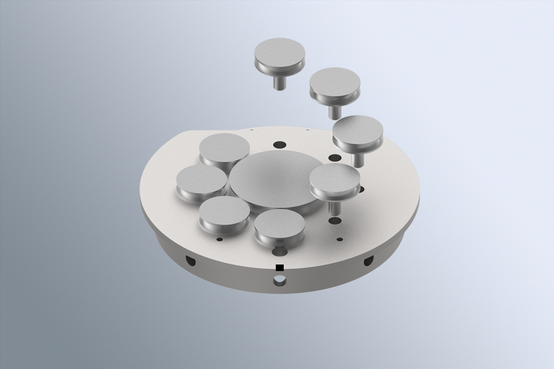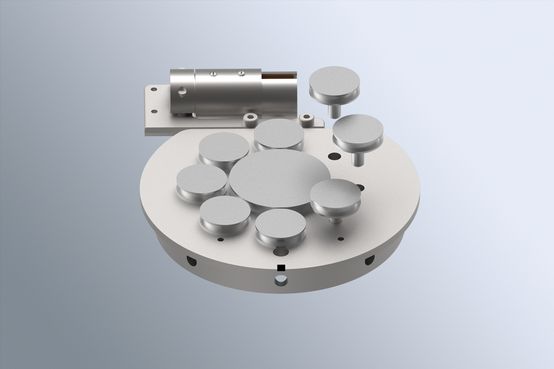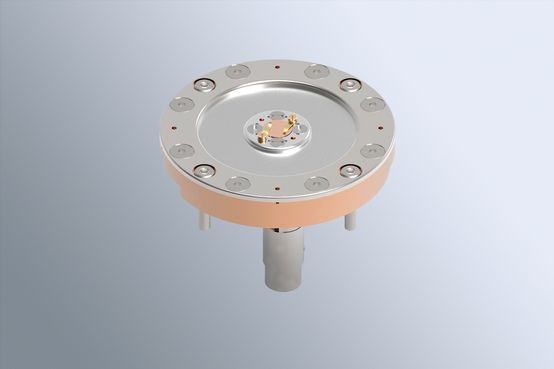 Detail
DetailEnviroESCA Sample holders
Adjust your EnviroESCA to your current experimental needs with our range of sample plates!
EnviroESCA has been designed with the idea in mind that in the future, any kind of sample should be XPS compatible. While samples up to 12 cm in diamater and 4 cm in height can be introduced on the large main plate, some experiments require a more specialized approach. The plate can therefore be outfitted with different specialized sample holders for achieving different temperatures, hold SEM stub type holders, or introduce electrical contacts to the sample.
KEY FEATURES
- Multiple sample holder options, adjusted to your experimental needs
- SEM stub compatible High Temperature holder for laser heating up to 800 °C
- Resistive heating plate for temperatures up to 600 °C
- Peltier cooled plate for temperatures down to 5 °C
- Multipin in situ electrical contacts available
Your web browser is deprecated
This could effect the presentation and some functions of our website.





